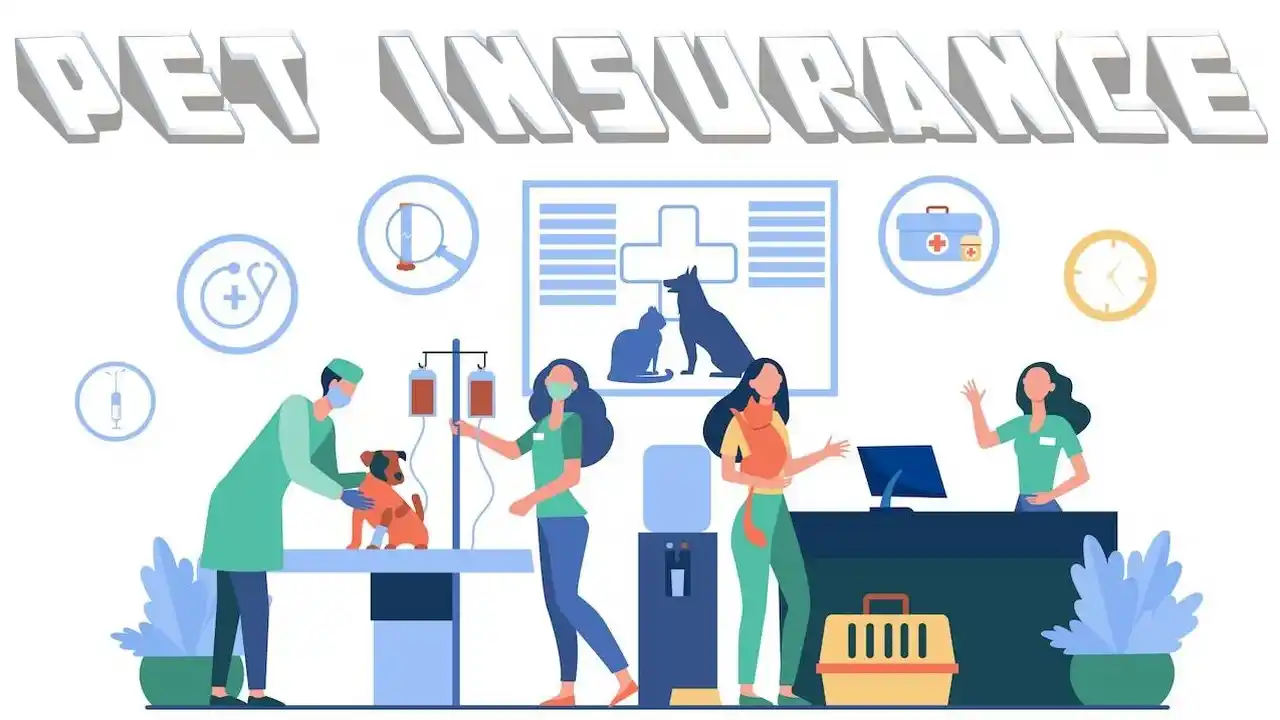Today, more than ever before, the field of project management is in the spotlight. As a result, numerous organizations have adopted cutting-edge project management techniques to boost their productivity. The proliferation of project management tools and methodologies and the rising demand for project management in business have muddled matters, but the benefits of what appears to be project management are real. Noh. Another option is to make an effort to make something good rather than something harmful. To learn more, take a look at these components of project management.
Organizations may more easily plan, direct, and manage a wide variety of projects with the help of project management. Control the pace of work and meet all deadlines. Project management is an effective tool for businesses of all sizes and in a wide range of industries. It provides a set of repeatable procedures, guidelines, and tools for managing teams and completing projects. Success is more likely, and your work is performed successfully, on schedule, and under budget, if you follow these steps. To understand more clearly about risk of project management, keep reading.
Components of Project Management
Task execution is the third aspect of project management. To do so, you must carry out the tasks and reach the milestones specified in the project plan. In addition, you’ll be keeping an eye on the project’s development and making any necessary course corrections during this time. To learn more, take a look at these components of project management.
Budgeting
Budgeting entails estimating and then allocating funds to cover all of an endeavor’s expected expenses. Calculating the total cost of a project includes factoring in not only the initial investment, but also the price of materials, labor, and equipment. A well-thought-out budget ensures timely project completion, within the set budget, and addresses unexpected expenses promptly.
Scheduling
To accomplish a project’s goals, precise planning is necessary, and that’s where scheduling comes in. It involves identifying the starting and finishing times of each task and their interdependencies. Timely project completion relies heavily on careful planning.
Stakeholder Management
Try to meet as many people as possible. If there are people or groups who think they have more of a stake in the company or are more of a shareholder, it would be a mistake to leave them out. A board member might be curious because of their personal history with the organization, or a local watchdog might have been keeping tabs on it. Keep an open mind as you look for friends and allies who want to help you succeed.
Once the initial stakeholders have been identified, you should think about the best way for them to communicate with one another. While it’s important to maintain different sorts and levels of touch with different stakeholders, using a backdoor approach can ruin even the most well-laid plans. Planning is one of the primary components of project management, involving the development of a roadmap to achieve project goals.
Measures of Excellence
Quality management involves checking that specific quality standards are met in a given project. This includes setting quality benchmarks, implementing quality control procedures, and conducting regular quality checks throughout the project. In a well-managed project, the team quickly finds and fixes quality problems, completing the project to the highest standards.
In addition, the project as a whole needs to be held to certain quality standards. Working together with stakeholders or clients, you as the project manager can set the bar high for what your team must do. If your team is developing an app for the business, for instance, you might require that it meets certain criteria about its design, features, and ease of use. With quality standards in place, you can be sure that everyone in your team is on the same page and that the end results will please everyone who has a stake in the project.
Finishing a Project
Before considering a project officially closed, you must tie all loose ends and address any difficulties. Record the lessons learned here for future projects. To ensure a successful project conclusion, properly close it out and ensure all goals have accomplished.
Control and Supervision
Managing and monitoring a project requires maintaining tabs on how well things are going according to the plan, dealing with issues as they arise, and making revisions to the plan as needed to keep things moving along smoothly. Managing risks and keeping an eye on costs, timeliness, and quality are all part of this. Moreover, maintaining the project’s momentum and solving any problems that arise requires a reliable technique of monitoring and control.
Preparing a Project
In addition, the project team needs to plan out the goals, scope, timeframe, and cost of the project in advance. The planning process involves assigning duties and responsibilities to team members and outlining processes and milestones to achieve.
However, this approach greatly facilitates having everyone on the same page with regards to their respective roles and deadlines. Communication is a vital components of project management, facilitating effective collaboration among team members and stakeholders.
Controlling Risk
The goal of risk management is to identify all possible threats to a project, determine how serious each one is, and prioritize them accordingly. After potential dangers have been uncovered, proactive measures are taken to mitigate them. This is an ongoing procedure. It’s an important part of project management that helps things move forward smoothly.
Delivery of Projects
Following the project plan and accomplishing the tasks and goals outlined in the plan are essential to a successful project’s execution. In addition, you’ll be keeping an eye on the project’s development and making any necessary course corrections during this time. Team members must communicate, work together, and be familiar with the project’s goals and limits for successful project execution.
Controlling Resources
Management of resources involves keeping track of everything from employees to tools to raw supplies. Finding and allocating resources, as well as tracking their usage, fall under this category. Timely and economical project completion requires careful management of available means.
Continuous improvement in project management incorporates lessons learned to enhance future project performance. Planning is one of the primary components of project management, involving the development of a roadmap to achieve project goals.
Project Management
Assembling a team, delegating tasks, and setting up a hierarchical structure are all crucial parts of a well-planned project. Project management also includes setting up tools like a project office to facilitate communication and collaboration among team members. This part of project management is essential for making sure everything runs well and everyone knows their place on the team.
FAQ
What Happens During the Project Initiation Phase?
During project initiation, the project’s feasibility is assessed, goals and objectives are defined, stakeholders are identified, and initial resources are allocated. This phase sets the foundation for the project.
How should One Go about Organizing a Project Plan?
The subsequent five steps are as follows: framework for developing a project plan. Establish who will be involved, what will be accomplished, when it will be accomplished, and what will be considered a success. Build a job breakdown structure, project plan, and work statement.
What Exactly is the Major Deliverable of the Project?
A work breakdown structure (WBS) is an important project deliverable. It breaks down the overall project into more manageable chunks for the team. You can break down a big job into manageable chunks. These parts are broken down into even smaller pieces.
Summary
Administrators of projects are essential to their success because they are in charge of these aspects. They are in charge of developing and carrying out the project plan, assembling and directing the team working on it, keeping tabs on expenses and making sure everything goes according to plan. We truly hope you enjoyed this lesson on components of project management and learned something new.






